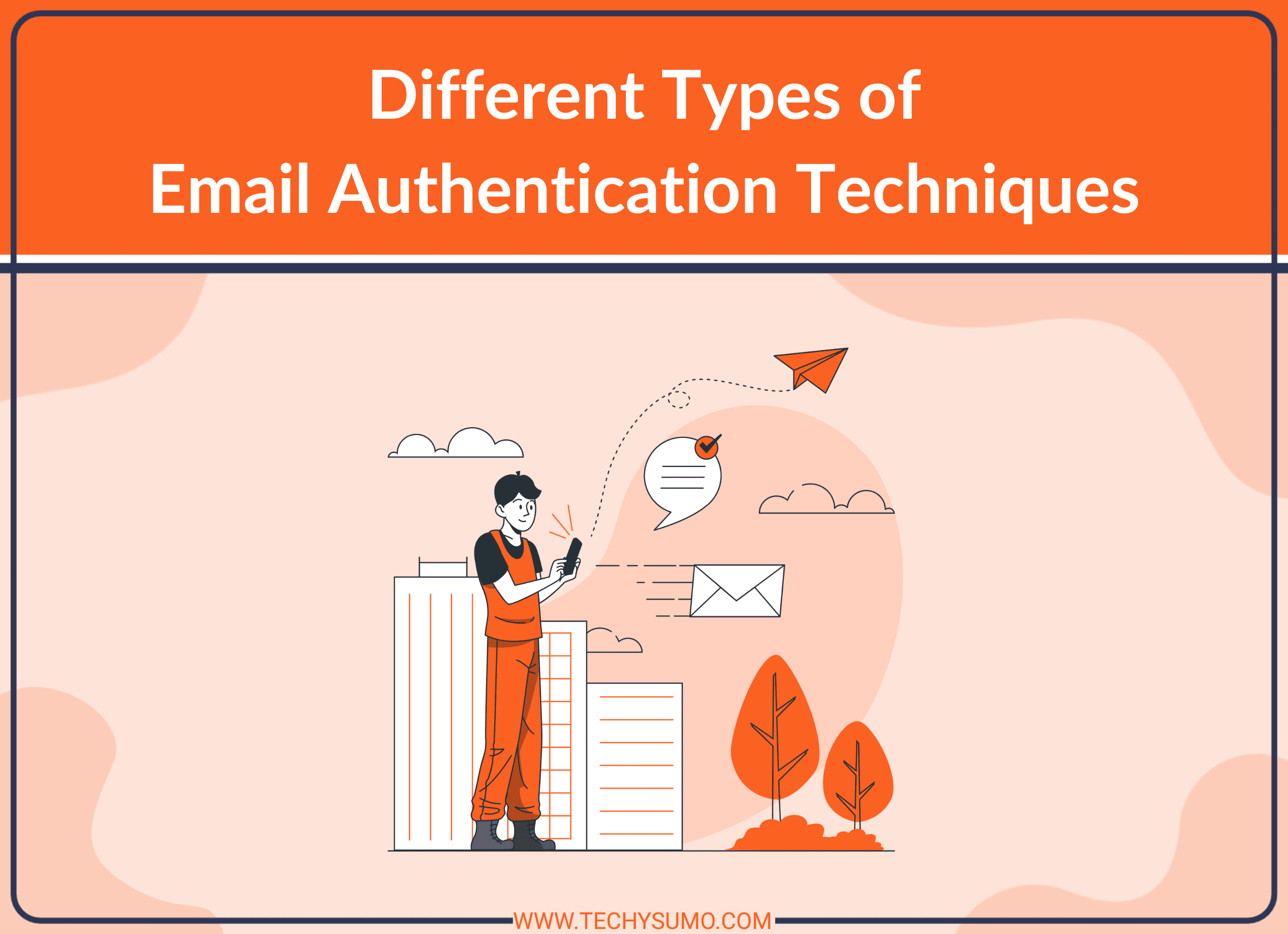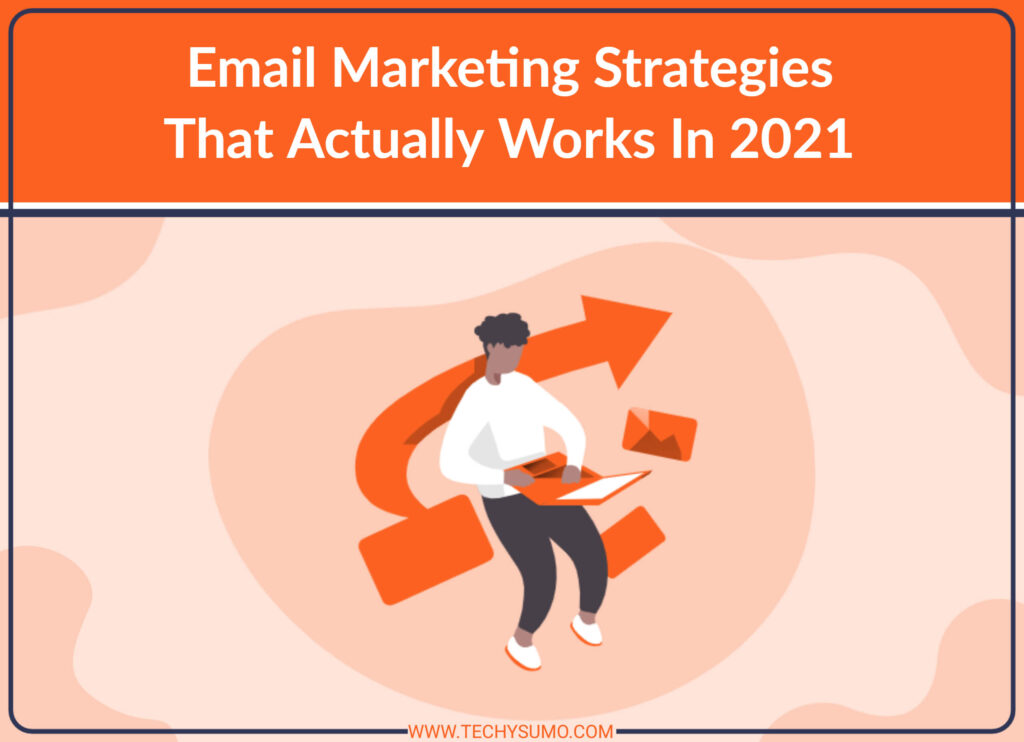Email has become an integral part of our personal and professional lives. It’s one of the primary ways we communicate with one another, but it also poses a significant risk to our security and privacy. Attackers use email to deliver malware, phishing scams, and other types of malicious content. Therefore, email security is a crucial consideration for individuals and businesses alike.
One of the most important aspects of email security is email authentication. Email authentication techniques ensure that the email you receive is from a legitimate sender and has not been tampered with in transit. There are several email authentication techniques available, each with its own advantages. In this blog post, we will discuss the different types of email authentication techniques and their benefits.
Table of Contents
DKIM (DomainKeys Identified Mail)
DKIM is an email authentication technique that uses public-key cryptography to verify the authenticity of email messages. When a sender sends an email, the DKIM signature is added to the email header. The recipient’s email server checks the DKIM signature and verifies that it was created using the private key of the domain that the email claims to come from.
DKIM helps prevent email spoofing, in which an attacker sends an email that appears to come from a legitimate sender. By verifying the DKIM signature, the recipient can ensure that the email is genuine and has not been tampered with in transit. DKIM can also help prevent email phishing scams and other types of email-based attacks. Use a free DKIM generator to create and verify your DKIM signature.
DMARC (Domain-based Message Authentication, Reporting, and Conformance)
DMARC is an email authentication technique that helps prevent email spoofing and phishing. It uses two other authentication techniques, DKIM and SPF (Sender Policy Framework) to determine the authenticity of email messages. DMARC enables the domain owner to specify which authentication techniques are used and what action should be taken if an email fails authentication.
Also Read
If an email fails DMARC authentication, the domain owner can choose to reject or quarantine the email, or they can choose to take no action. DMARC provides visibility into who is sending emails on behalf of a domain and helps identify email spoofing attempts. It can also help organizations protect their brand reputation by preventing email phishing scams that appear to come from their domain.
MTA-STS (Mail Transfer Agent-Strict Transport Security)
MTA-STS is an email authentication technique that helps prevent man-in-the-middle attacks. It ensures that emails are transmitted over a secure connection and that the recipient’s email server verifies the authenticity of the sender’s server before accepting the email.
MTA-STS uses the HTTPS protocol to ensure that emails are transmitted over a secure connection. The recipient’s email server can verify the authenticity of the sender’s server by checking the MTA-STS policy. If the policy is not valid or the sender’s server does not support MTA-STS, the email will not be delivered.
MTA-STS helps prevent attackers from intercepting email messages in transit and tampering with them. It provides an additional layer of security to ensure that emails are transmitted securely and that the recipient can trust the sender’s server.
BIMI (Brand Indicators for Message Identification)
BIMI is an email authentication technique that enables organizations to display their logo next to their email messages in the recipient’s inbox. BIMI optionally uses the Verified Mark Certificate (VMC) to verify the authenticity of the sender and to display their logo in the email message.
BIMI provides a visual indication that the email is genuine and has not been spoofed. It can help build trust with the recipient and increase brand recognition. BIMI is also an incentive for organizations to implement email authentication techniques such as DMARC.
Conclusion
DKIM, DMARC, MTA-STS, and BIMI are all powerful tools that can help prevent email-based attacks, protect brand reputation, and build trust with recipients. Implementing these authentication techniques can be a powerful way to increase the security of your email communication and build trust with your customers or partners.
It’s important to note that while email authentication techniques are essential for email security, they are not a silver bullet. Attackers are continually developing new tactics to bypass email security measures. Therefore, it’s essential to stay up to date on the latest email security best practices and techniques to protect yourself and your organization from email-based attacks.






